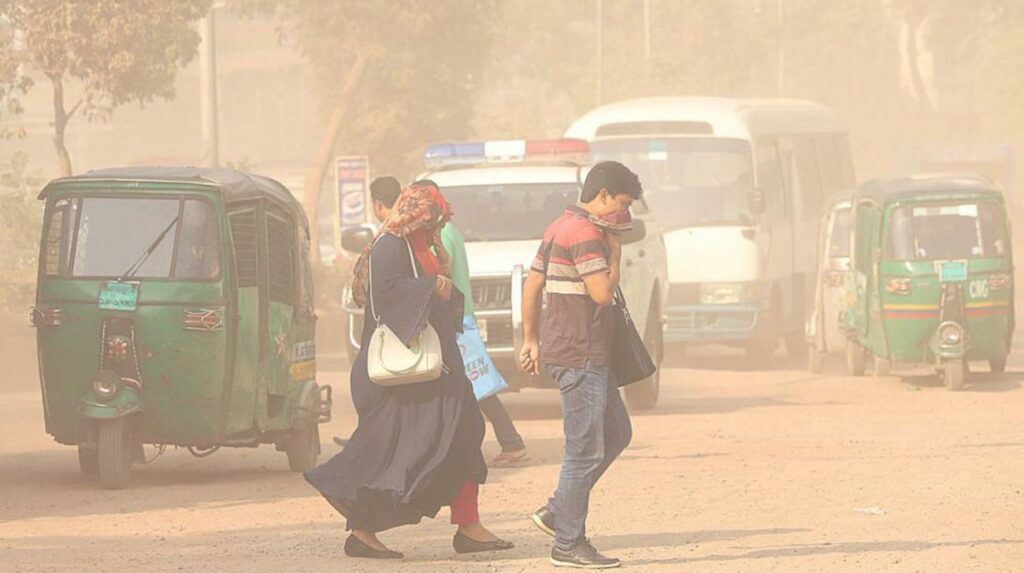While the world races to find a vaccine for the novel coronavirus, air pollution remains the greatest long-term risk to human health, reducing global life expectancy by almost two years, according to a new report.

The Air Quality Life Index (AQLI), which calculates the impact of particulate air pollution on life expectancy, showed that particulate pollution is still a big problem across the globe, and is set to remain one after COVID-19, unless strong and sustained public policy are taken in all countries.
The analysis found that air pollution cuts life expectancy by nearly two years, compared to what it would be if air quality met the World Health Organization (WHO) guideline.
The past two decades have been met with mixed results, as improvements in some countries are balanced worsening conditions in others.
“Though the threat of coronavirus is grave and deserves every bit of the attention it is getting, embracing the seriousness of air pollution with a similar vigor would allow billions of people to lead longer and healthier lives,” said Michael Greenstone, creator of AQLI, in a press release.
The report concluded that particulate pollution has a more devastating impact on life expectancy than communicable diseases like tuberculosis and HIV/AIDS, behavioral killers such as cigarette smoking, and takes the crown as the biggest risk to human life. In areas of Africa, where diseases such as malaria usually grab headlines, air pollution poses just as serious a health threat.
Nearly a quarter of the global population lives in four South Asian countries among the world’s most polluted: Bangladesh, India, Nepal, and Pakistan. People living in these countries could see their lives cut short by five years on average, after being exposed to pollution levels that are now 44% higher than they were two decades ago. Overall, almost 90% of Southeast Asia’s 650 million people live in areas where particulate pollution exceeds the WHO guideline, according to the report. Pollution from vehicles and industry combines with forest and cropland fires. Big cities such as Jakarta, Singapore, Ho Chi Minh, and Bangkok are especially affected.
The most severe pollution, however, is found in parts of India, especially northern India, including the megacities of Delhi and Kolkata.
China brings some good news
While the report is quite bleak, a small group of countries is actually making substantial progress in tackling air pollution. China is where most of the good news is concentrated, with the Asian country reducing particulate pollution by 40% since 2013. If this is sustained, Chinese citizens will live two years longer than they would have prior, thanks to the country’s cleaning aggressive reforms.
Other countries that have been seeing some level of success are Japan, the United States, and Europe as a whole, according to the report. Nevertheless, progress has been slow. It took several decades for the US and Europe to achieve the same level of success that China accomplished in five years.
“As countries today try to balance the dual goals of economic growth and environmental quality, the historical lesson from around the world is that policy can reduce air pollution in a wide variety of political contexts,” said Greenstone. “The AQLI makes clear that the benefits are measured in longer and healthier lives.”






